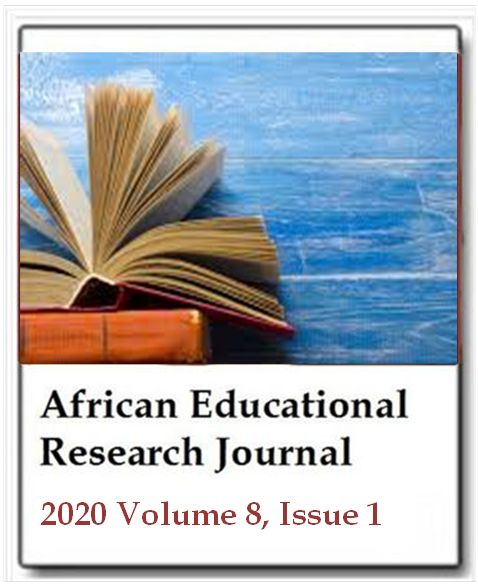An investigatıon of the effect of aerobic and aerobic-submaximal exercises on body mass index in adolescents at the risk of obesity
Faruk Akçınar and Bilge EroğluAfrican Educational Research Journal
Published: March 30 2020
Volume 8, Issue 1
Pages 110-120
DOI: https://doi.org/10.30918/AERJ.81.20.026
Abstract
The aim of the study is to examine the effect of aerobic and aerobic-submaximal exercise on adolescents who are at risk of obesity. This research is an experimental study in the screening model. The sample group consists of volunteer 72 students but it continued with the 45 healthy volunteer students. The exercise groups were organized according to the same level age (12 years) by basing on resting pulse. The study was divided into three groups consisting 15 (8 girls, 7 boys), as control, aerobic exercise and aerobic-submaximal exercise. Data of the study were uploaded to the SPSS program and statistical procedures were measured by the Independed Sample T test, the Paired Sample T test and the Anova test. The level of significance was adopted as α = 0.05. In our study, there was no significant difference in height, body mass index (BMI), waist circumference, waist circumference, waist hip ratio, body fat percentage (BFP), body fat mass (BFM), body muscle mass (BMM) variance in control group (p < 0.05). While there was no significant difference in height variable in the group performing aerobic exercise, there was a significant difference in BMI, waist circumference, hip circumference, BFP, BFM, BMM variance (p < 0.05). While there was no significant difference in height variable in the group performing aerobic-submaximal running exercise, there was a similar difference in BMI, waist circumference, hip circumference, BFP, BFM, BMM (p < 0.05). In our study, between all girls and boys in all groups, men’s waist circumference (p < 0.05), hip circumference (p < 0.10), BFP (p < 0.05) and BFM (p < 0.05) values were found more significant than women’s. In this study, while there was no significant difference in height, weight, waist hip ratio in aerobic exercise and aerobic submaximal exercise method and significant difference (p < 0.05) was found in waist circumference, hip circumference, BMI, BFP, BFM, BMM. The hip circumference of the group applied the aerobic exercise method had a significant effect on the BFP variables compared to the aerobic-submaximal exercise group.
Keywords: Obesity, aerobic exercise, submaximal exercise, adolescent.
Full Text PDFThis article is published under the terms of the Creative Commons Attribution License 4.0

